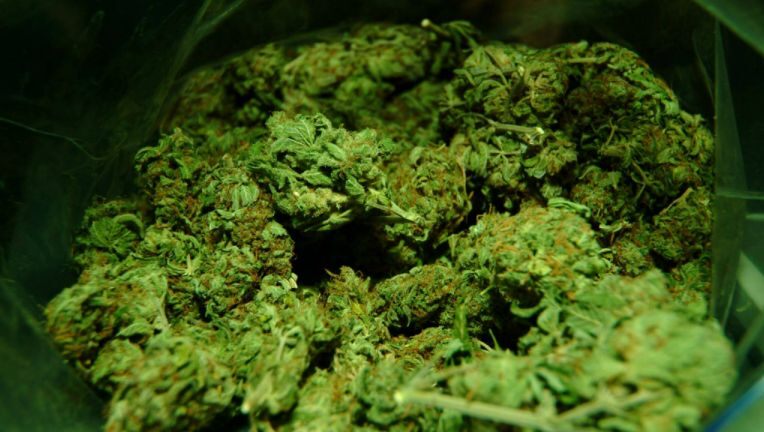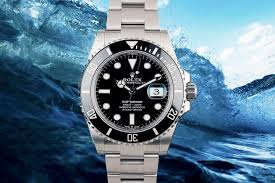The use of anabolic steroids is often associated with gaining muscle, enhancing performance, and achieving physical goals. However, an important yet often overlooked component of this process is the post-cycle phase. Post-cycle therapy (PCT) serves as a critical bridge to restore the body’s natural balance following the use of anabolic substances, and its significance in the Anabolics Creating an effective cycle (Effectieve kuur samenstellen) process cannot be overstated.
Why is the Post-Cycle Phase Crucial?
When an individual uses anabolic steroids, their body is introduced to synthetic testosterone or other hormone analogs. This influx suppresses the body’s own hormonal production, particularly testosterone, as the body no longer feels the need to produce it naturally. Once the anabolic cycle ends, the body faces a period of hormonal imbalance that, if left unmanaged, can lead to numerous side effects.
During this phase, the goal of post-cycle focus is to:
• Kickstart natural hormone production: Encouraging the body’s endogenous (natural) production of testosterone.
•
• Minimize potential side effects: Side effects such as fatigue, mood swings, muscle loss, and even long-term hormonal suppression can occur without proper focus during this phase.
•
• Preserve gains made during the cycle: Without hormonal support, the body can revert to a catabolic state, making it hard to maintain muscle mass.
•
The extent of post-cycle recovery needed often depends on the length and intensity of the anabolic cycle.
Post-Cycle Therapy Methods
PCT involves several strategies aimed at helping the body regain equilibrium. It usually includes the use of specific therapeutic agents and a tailored recovery plan.
1. Selective Estrogen Receptor Modulators (SERMs)
SERMs like tamoxifen (Nolvadex) or raloxifene are essential during PCT. They block estrogen receptors and prevent the symptoms of high estrogen levels. Estrogen levels can spike when pituitary signals to the testes halt during the anabolic cycle, leading to unwanted effects like gynecomastia (male breast tissue growth). SERMs help combat this while encouraging the production of luteinizing hormone (LH) and follicle-stimulating hormone (FSH), which are critical for testosterone production.
2. Aromatase Inhibitors (AIs)
Often paired alongside SERMs, aromatase inhibitors block the enzyme aromatase, which converts testosterone into estrogen. Controlled estrogen levels are necessary during post-cycle therapy for efficient recovery. Popular AIs include anastrozole (Arimidex) and exemestane (Aromasin).
3. Over-the-Counter Recovery Supplements
Many individuals also turn towards supplements designed to support hormones and overall well-being. Ingredients like vitamin D, zinc, magnesium, and herbal extracts such as ashwagandha can contribute to boosting natural testosterone levels.
4. Rest and Recovery
The physical component of recovery during the post-cycle phase is equally important. This includes adequate hydration, quality sleep, and structured workouts to maintain muscle without overstressing the body.
Challenges of the Post-Cycle Period
Recovery is not universal; everyone responds differently based on genetic predispositions, age, and anabolic cycle specifics. Studies suggest that younger users generally experience faster hormonal recovery. However, failure to implement PCT properly can lead to prolonged hormonal imbalances and increased risks of long-term health issues.
The Bigger Picture
The key to effective PCT lies in preparation and understanding the body’s physiological needs after anabolic use. By focusing on the essentials during the post-cycle phase, individuals can maximize their gains, protect their well-being, and achieve long-term results in their fitness journeys.


